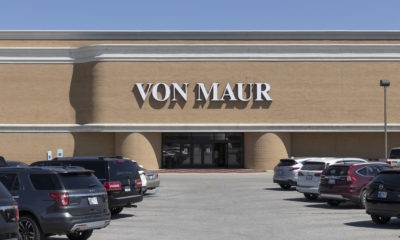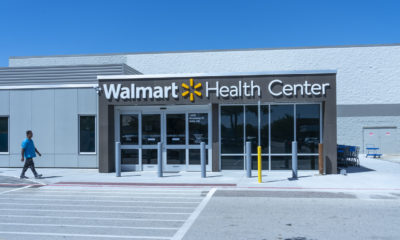The U.S. economy is slowing. Third quarter gross domestic product, the broadest measure of the economy’s health, rose at a 1.6 percent annualized rate, versus 2.6 percent in the second quarter (and is half of the average 3.2 percent growth rate achieved during the past four years).
The slowdown in the housing market will eventually impact employment. While the unemployment rate was a positive 4.4 percent in October, the rate of employment is considered a lagging indictor. Reduced home values, increasing interest rates and stagnant employment will be a drag on consumer spending at some point.
Support for this position can also be found by considering the Index of Leading Indicators, which gained 0.1 percent in September, following two monthly declines. Year-to-date, the index has posted five declines in nine months.
Look for 2006 GDP to register at 3.3 percent (following a 3.5 percent rate of growth in 2005 and 4.2 percent in 2004), the slow to 2.6 percent in 2007. On the inflation front, the core personal consumption expenditure price index, excluding food and energy, shows a deceleration in the third quarter to a 2.3 percent annualized increase from 2.7 percent gain in the second quarter. This could indicate an easing in interest rates early in 2007, as the Fed moves to restart the economic engine.
Retail sales, excluding the volatile auto, gas and building materials sectors, rose by 0.8 percent in September. On an annualized rate, sales are up 7.2 percent for both the trailing three- and 12-month period excluding the auto, gas and building materials sectors. Yet we foresee an easing ahead.
Advertisement
Consumer spending grew at an annual rate of 3.1 percent in September. However, on a year-to-year basis, that growth was only 2.8 percent in the third quarter, the smallest increase since the second quarter of 2003. This occurred despite strong wage and salary growth, and falling gas prices.
It is our view that the economy has been fueled, in part, by the wealth effect of cheap money being extracted from residential real estate. As access to this easy money dries up and debt service costs increase, it will impact consumer spending.
One need only recall a similar asset burst in stocks that resulted in a mild economic downturn in 2001. Average spending has exceeded income for some time, savings rates are in negative territory and consumer debt burdens are high. Thus, consumers will have no place to go to reconstitute their balance sheets but to pull back on spending.
On the other hand (punt, punt) robust capital spending, export strength, strong employment and wage gains, combined with falling gas prices, could render our opinions moot. (It would not be the first time, of course, but I don’t expect it to happen.) Consider that Wal-Mart Stores’ October comparable retail sales grew at only 0.5 percent, its weakest showing since December 2000. Worse, the large retailer predicts flat November comps.
While department stores performed well in October, the results achieved at stores like Wal-Mart, Costco (October same-store sales of 4.0 percent, short of the 4.6 percent that analysts projected) and Target (October same-store sales of 3.9 percent, short of the expected 4.2 percent) were softening, which we believe are more indicative of the overall trend in consumer spending.
What about the all-important, holiday spending season? The National Retail Federation expects holiday sales to rise 5 percent this year, versus 6.1 percent last year. While 5 percent sounds positive, the average annual rate of increase for the past 10 years, also according to the NRF, is 4.6 percent. So 5 percent is only a slight improvement.
Advertisement
Other evidence of this forthcoming deceleration in consumer spending and retail sales can be found by looking at retail plans for building new stores. According to McGraw Hill Construction, second quarter retail construction spending growth was 2.5 percent, versus 4.8 percent in the first quarter. And at Home Depot, construction contracts fell 51 percent in the first half of 2006, while Target’s were off 20 percent. Therefore, it may be said that if you do not think they will come, do not build them.
Steven Keith Platt is the director of the Platt Retail Institute, which brings together retail executives with leading academic researchers (www.plattretailinstitute.org). He is also the managing director of S.K. Platt & Co. (Hinsdale, Ill.). The firm specializes in representing buyers and sellers of companies, strategic financial planning, and market economic analysis and marketing consulting. He can be contacted at adm@plattretailinstitute.org.


 Headlines2 weeks ago
Headlines2 weeks ago
 Headlines2 weeks ago
Headlines2 weeks ago
 Eric Feigenbaum7 days ago
Eric Feigenbaum7 days ago
 Headlines1 week ago
Headlines1 week ago
 Headlines5 days ago
Headlines5 days ago
 Headlines2 weeks ago
Headlines2 weeks ago
 Headlines7 days ago
Headlines7 days ago














